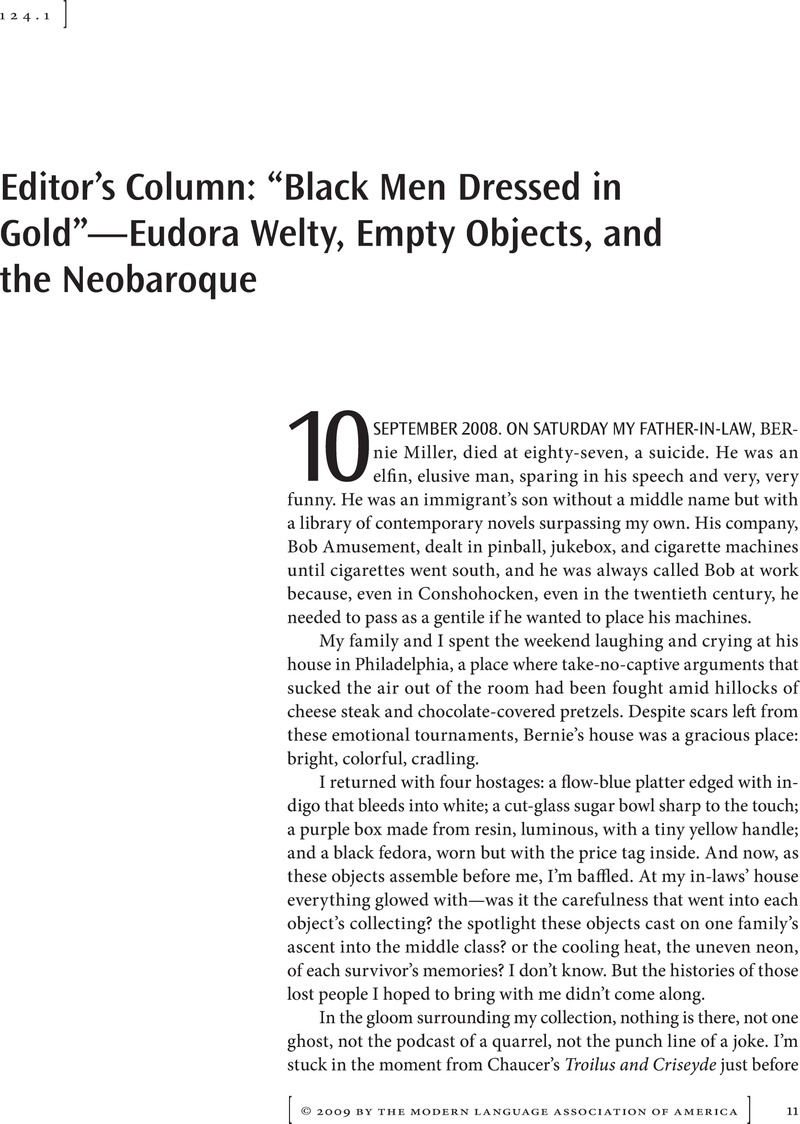Crossref Citations
This article has been cited by the following publications. This list is generated based on data provided by Crossref.
SPITTA, SILVIA
and
ZAMORA, LOIS PARKINSON
2009.
Introduction: The Americas, Otherwise.
Comparative Literature,
Vol. 61,
Issue. 3,
p.
189.
Echevarría, Roberto González
2010.
Baroque New Worlds.
p.
554.
2010.
Baroque New Worlds.
p.
627.
Wellek, René
2010.
Baroque New Worlds.
p.
95.
Reyes, Alfonso
2010.
Baroque New Worlds.
p.
165.
Buci-Glucksmann, Christine
2010.
Baroque New Worlds.
p.
140.
Ureña, Pedro Henríquez
2010.
Baroque New Worlds.
p.
200.
Zamora, Lois Parkinson
and
Kaup, Monika
2010.
Baroque New Worlds.
p.
1.
Cabranes-Grant, Leo
2010.
Baroque New Worlds.
p.
467.
Joslin, Isaac V.
2010.
Postcolonial Disruptions: Reading the (Feminine) Baroque in Calixthe Beyala'sTu t’appelleras Tanga.
Contemporary French and Francophone Studies,
Vol. 14,
Issue. 5,
p.
485.
Carpentier, Alejo
2010.
Baroque New Worlds.
p.
244.
Winks, Christopher
2010.
Baroque New Worlds.
p.
597.
Childers, William
2010.
Baroque New Worlds.
p.
415.
Baker, Dorothy Z.
2010.
Baroque New Worlds.
p.
450.
Chiampi, Irlemar
2010.
Baroque New Worlds.
p.
508.
Sarduy, Severo
2010.
Baroque New Worlds.
p.
270.
Reiss, Timothy J.
2010.
Baroque New Worlds.
p.
394.
van Delden, Maarten
2010.
Baroque New Worlds.
p.
571.
Buxó, José Pascual
2010.
Baroque New Worlds.
p.
352.
d'Ors, Eugenio
2010.
Baroque New Worlds.
p.
78.





